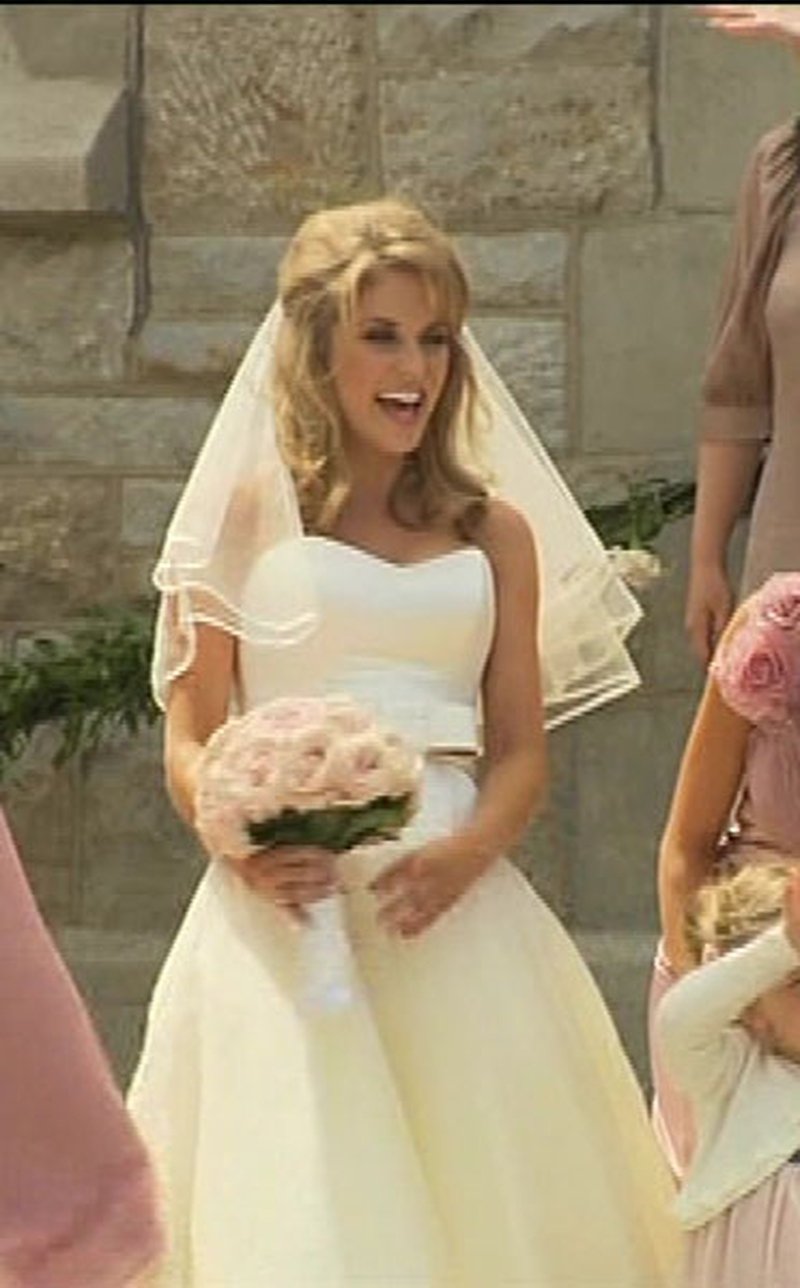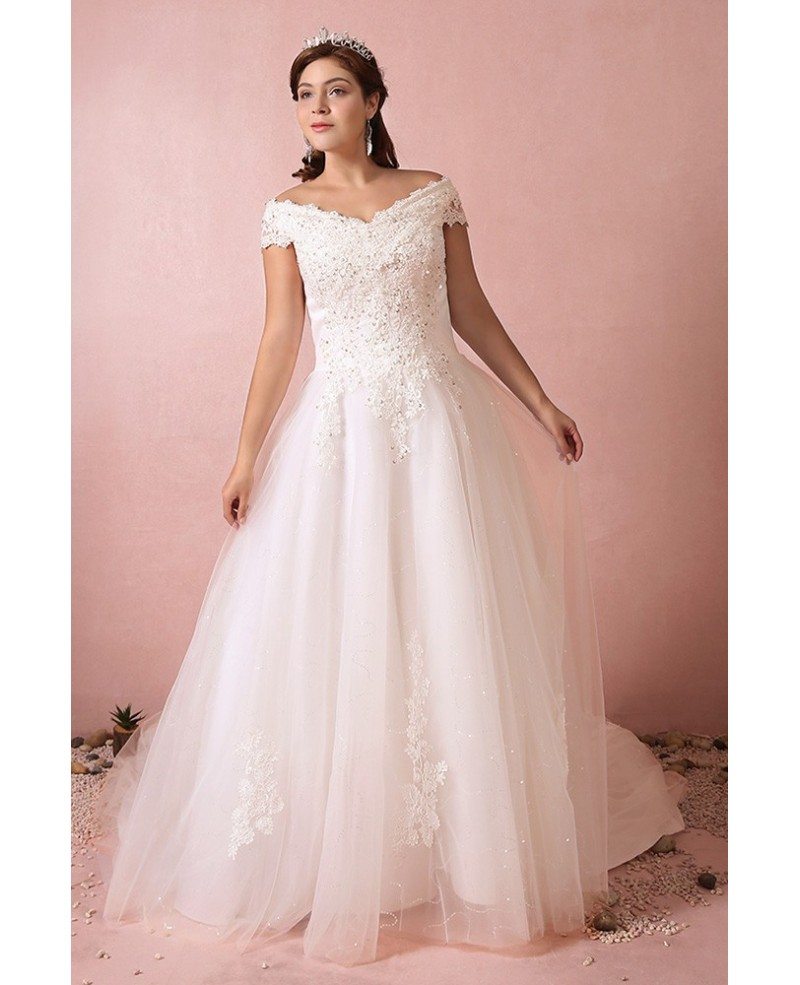At the alter
Table of Contents
Table of Contents
If you’re looking to alter your wedding dress, you’re probably feeling a mix of emotions. Excitement for your special day, anxiety about finding the right tailor, and maybe even a little overwhelmed about the process. But don’t worry, altering your wedding dress is much easier than it seems, and with the right guidance, you’ll be able to achieve the perfect fit in no time.
Common pain points when it comes to altering a wedding dress
Altering a wedding dress can be stressful, especially if it’s your first time. Common pain points include finding a reputable tailor, figuring out what kind of alterations you need, and staying within your budget. It can be especially daunting if your dress is very intricate or delicate, making any alterations difficult to execute.
Answering the Target of How to Alter Your Wedding Dress
Before taking any steps towards altering your wedding dress, the first thing to do is finding a reputable tailor. Do your research by looking at online reviews or asking for recommendations from friends and family. Once you find a tailor you trust, schedule an initial consultation to discuss the necessary alterations.
The most common alterations for wedding dresses include adjusting the hemline, taking in or letting out the bodice, and adding or removing sleeves. But every dress is unique, and your tailor will have recommendations based on the style and fit of your gown.
It’s important to budget for alterations when purchasing your wedding dress, but don’t let budget constraints deter you from getting major alterations done. Most tailors offer payment plans or can work with you to find a solution that works for your financial situation.
Summarizing the Main Points Related to How to Alter Your Wedding Dress
When it comes to altering your wedding dress, the key is finding a reputable tailor, discussing necessary alterations during an initial consultation, and budgeting accordingly. Don’t let the process overwhelm you, and trust in the expertise of your tailor to achieve the perfect fit for your special day.
Getting More Specific with Alterations: Hemline and Bodice Adjustments
When I was altering my wedding dress, the two main adjustments I needed were to the hemline and the bodice. For the hemline, I wanted to shorten the dress slightly to fit my height without compromising the overall look of the dress. My tailor recommended a french bustle to keep the integrity of the dress while still allowing me to move comfortably throughout the night.
For the bodice, I needed to take in the sides to fit my curves. My tailor also recommended adding bra cups to the dress so I wouldn’t have to worry about any undergarments showing. These small adjustments made a huge difference in the overall fit of the dress and helped me feel confident and comfortable on my wedding day.
Adding Sleeves or Removing Them Altogether
Whether you want to add sleeves to your dress or simply remove them, both are possible with the help of a skilled tailor. Adding sleeves can drastically change the look of a dress, and can be done in a variety of styles such as off-the-shoulder, cap sleeves, or long sleeves.
On the other hand, if your dress comes with sleeves and you want a sleeveless look, your tailor can carefully remove them to maintain the integrity of the dress. Just keep in mind that any alterations involving lace or beading can be a more intricate and time-consuming process.
Caring for Your Altered Wedding Dress
After your wedding day, be sure to follow the specific care instructions provided by your tailor. Some dresses may need to be dry-cleaned, while others can simply be spot-treated. If you plan on preserving your dress for sentimental reasons, make sure it’s properly stored in a cool, dry place to avoid any potential damage from moisture or insects.
Frequently Asked Questions About Altering Your Wedding Dress
Q: How much do wedding dress alterations usually cost?
A: The cost of wedding dress alterations can vary depending on the complexity of the dress and the type of alterations needed. On average, expect to pay between $300-$600 for alterations.
Q: How far in advance should I start planning for wedding dress alterations?
A: It’s recommended to start planning for alterations about 6-8 weeks before your wedding day to allow ample time for fittings and any necessary adjustments.
Q: Can I alter a wedding dress that’s too small or too big?
A: Yes, a skilled tailor can work with both larger and smaller dresses to achieve the perfect fit. However, keep in mind that larger adjustments may require more time and resources.
Q: What alterations can be made to a wedding dress?
A: Common alterations include adjusting the hemline, taking in or letting out the bodice, and adding or removing sleeves. However, every dress is unique and your tailor may have specific recommendations for alterations based on the style and fit of your gown.
Conclusion of How to Alter Your Wedding Dress
Altering your wedding dress can be a daunting process, but with the help of a skilled tailor and a little patience, it’s possible to achieve the perfect fit for your special day. Be sure to research your tailor beforehand, discuss necessary alterations in an initial consultation, and budget accordingly. Remember, your dress is a reflection of your personality and is meant to make you feel confident and beautiful, so don’t be afraid to ask for the adjustments you need.
Gallery
The Styles Of Bridal Gown Alter With The Seasons However There Are A

Photo Credit by: bing.com / weddingseekr indie
The Styles Of Bridal Gown Alter With The Seasons But There Are A Few

Photo Credit by: bing.com / naviblue weddinginspirasi dolly
Wedding Dress Alterations Before And After | Diamond Bridal Gallery

Photo Credit by: bing.com / alterations
At The Alter | One Shoulder Wedding Dress, Wedding Dresses, Ceremony

Photo Credit by: bing.com /
Ideas For Low Cut Wedding Dress Alterations?

Photo Credit by: bing.com / alterations





